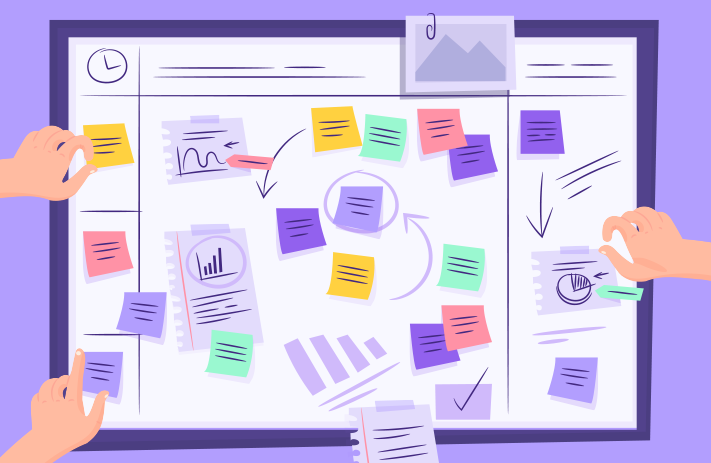
10 Mar Small Nonprofit Building Block Series: Tips for Staying Organized by Megan Campbell, MPA, GPC
Staying on top of your grant projects doesn’t necessarily require fancy software or the newest technology. Data or donor management systems are excellent tools, but you only get out of them what you put in. Small organizations sometimes don’t have the staff capacity it takes to utilize all the features they offer. However, if you start organized, it’s much easier to stay organized no matter what system you are working with. Start with the basics. Set up an organized filing or record-keeping process, learn what you need (and what you don’t), and take advantage of technology-supported opportunities when the options arise.
If time and cost are obstacles for your organization, here are five tips to keep it together until you have greater capacity:
- Maintain a digital folder system. Whether grant files, program files, or donor files – developing or maintaining a filing system that is easy to navigate is essential. For example, a master GRANTS folder might have multiple folders within it, each labeled by the funder name. Then, each of those grant funder folders will have subfolders organized by year. Within each year’s subfolder, create folders labeled application, budget, attachment, correspondence, and reporting. As you develop or receive documents, they can be saved in folders accordingly for easy access. Preferably, any agency-related folders should be saved on a backup drive or network, not just on your personal computer.
- Name and save documents consistently. One of the ways you can do this is by saving all documents with a relevant title, your initials, and a date (e.g., ABC Foundation draft mc 1.15.24 or XYZ Letter of Intent mc 2.05.24). For this system to succeed, any other staff or volunteers working on documents in these folders should do the same.
- Create a grant plan. There are many ways to create an organized grant plan using tools already at your disposal. At a minimum, a planning document should include funder/grant names, deadlines, who is responsible, and a space to record award decisions and additional reporting deadlines. Excel spreadsheets work well for creating a simple grant plan. You can also use digital tools like Microsoft’s 365 Planner app to create a design that works for you.
- Use an Outlook or Google calendar for due dates and deadlines. Not only does this have a notification function to remind you of upcoming due dates, but you can also add people and invite any relevant staff or board members to a task so everyone involved in the project knows the deadlines and due dates.
- Keep your inbox clean. – Managing your email is critical to staying organized. There are few things more overwhelming than an inbox with hundreds of messages. Create folders in your inbox by project or department. Using inbox folders reduces the clutter and gives you a way to keep messages organized and easy to refer back to. Move email into a folder after you read it in your inbox, or check out this tutorial by LinkedIn Learning for creating rules that can help you manage your inbox as messages are delivered.
In case you missed it, check out the first parts of this small organization building block series: Community Relations and Prospect Research. AGS is also launching a new training series in May, Capacity Building for Small Organizations. The six-session course focuses on key elements that will prepare a new or small organization for grant readiness. Sessions are tailored to help participants build their knowledge and skills to create pathways to success for grant-seeking. Registration is live! Follow along with the small nonprofit blog series by subscribing for updates. In the meantime, learn more about organizational grant readiness and a variety of other topics with AGS online training sessions available on demand.
If you are interested in grant services, training, or federal review services, or are interested in our career opportunities, Julie Assel, CGMS, GPC, President/CEO, will be happy to talk with you about this opportunity and provide you with a quote for grant services.
This blog post is aligned with the Grant Professional Certification Institute’s Competencies and Skills.
1.05 Identify methods for maintaining, tracking, and updating information on potential funders
4.03 Identify project management strategies for submitting high-quality and complete proposals on time
